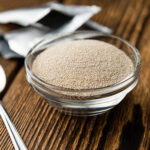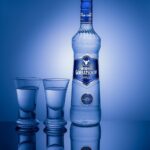Are you curious about how many calories in bottle wine contains? We all know that wine is a popular beverage, but it’s important to understand the possible health implications associated with your drinking habits. In this blog post, we’ll discuss the calorie count in different types of wines and provide some helpful tips on making better choices to suit your lifestyle. Whether you’re an occasional drinker or a connoisseur looking for healthy alternatives, this guide can help you make informed decisions when choosing which type of tipple is best for you.
Contents
Introduction About Bottle Of Wine
Wine is an alcoholic beverage which has been around for centuries, and it’s popular the world over. It can be enjoyed in many different forms—from red and white wine to sparkling and fortified wines. Wine offers a range of tastes, aromas, and textures; however, as with any alcoholic beverage, there are potential health implications related to its consumption.
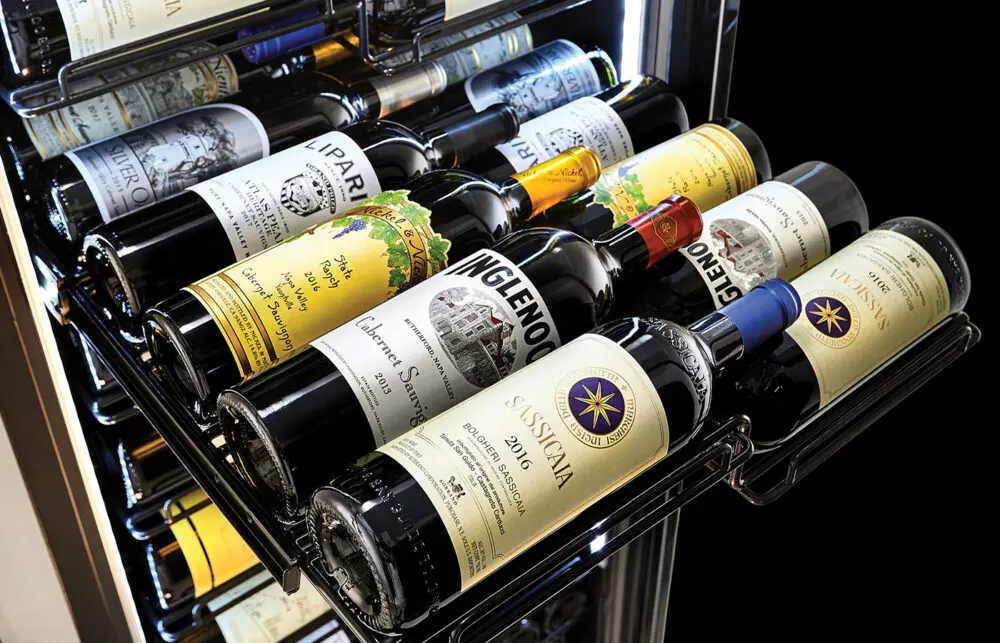
What Is The Calorie Content Of Wine?
The calorie content of wine depends on the type, and also the amount you drink. Generally speaking, a standard glass of red or white table wine (5 fluid ounces) contains around 125 calories. A ‘light’ wine will contain fewer calories per serving. Fortified wines such as port and sherry can have higher calorie counts than table wines; for example, a 5oz glass of port can contain around 170 calories.
Before we dive into how many calories in bottle wine, let’s watch this video to learn about what is the calorie content of wine.
Where Do Calories In Wine Come From?
The calories in wine come from two sources—alcohol and sugar. An alcoholic beverage such as wine contains alcohol, which is a type of calorie known as ethyl alcohol (ethanol). This provides 7 calories per gram. The other source of calories in a glass of wine comes from the natural sugars present in the fermented grapes used to produce it. A sweeter, dessert-style wine such as a Muscat will contain more sugar, and therefore more calories than a dry white or sparkling wine.
How Many Calories In Bottle Wine?
Now you have a basic knowledge of wine calorie content, let’s find the answer for how many calories in bottle wine. A standard 750ml bottle of wine typically contains between 600 and 900 calories. This varies depending on the type of wine, with sweet wines tending to have more calories per bottle than dry wines. For example, a 375ml bottle of dessert wine can contain up to 400 calories, whereas a dry white or sparkling wine will usually contain around 250–350 calories in the same size bottle.
How Many Calories In Bottle Of Red Wine?
The calorie count in a 750ml bottle of red wine depends on its type. Generally speaking, expect to find 600–900 calories per bottle. A full-bodied red such as Cabernet Sauvignon or Shiraz will typically contain more calories than a lighter one such as Pinot Noir.
How Many Calories In Bottle Of White Wine?
As with red wine, the calorie count in a 750ml bottle of white wine varies depending on its type. Generally speaking, you can expect to find 600–900 calories per bottle. A dry Chablis or Sauvignon Blanc will usually contain fewer calories than a semi-sweet Riesling or Muscat.
How Many Calories In Bottle Of Rosé Wine?
The calorie content of a 750ml bottle of rosé wine can range from 600–900 calories. As with red and white wines, the calorie count in rosé depends on its type; dry or semi-sweet varieties will have different calorie counts per bottle.
How Many Calories In Bottle Of Sparkling Wine?
The calorie count in a 750ml bottle of sparkling wine can range from 600–900 calories. As with other wines, the calorie content varies depending on its type; for example, a sweet Prosecco will have more calories than brut varieties such as Champagne or Cava.
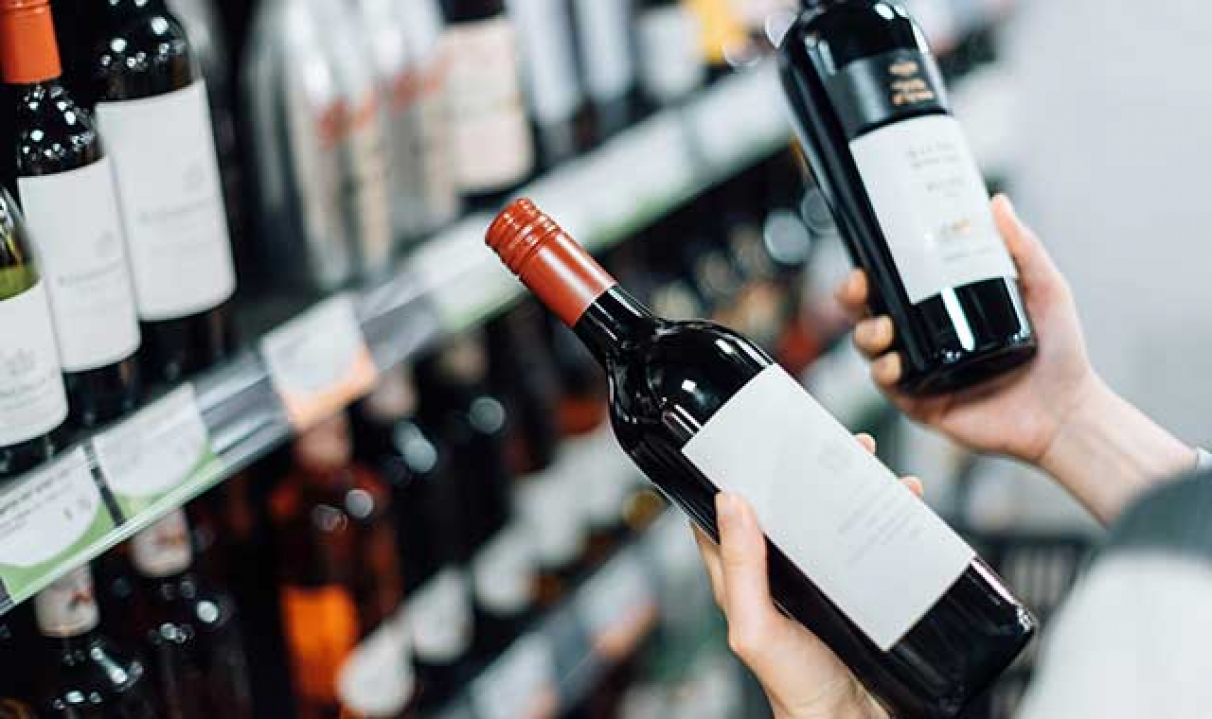
Benefit To Know How Many Calories In Bottle Wine
By understanding the calorie count of your favorite tipple, you can take control of your drinking habits. If you’re looking to lose weight or just generally lead a healthier lifestyle, being aware of what’s in your glass is a great place to start. Making an effort to choose lower-calorie options such as light wines and smaller servings can help reduce your calorie intake and ultimately help you achieve your goals. Additionally, understanding the potential effects that drinking alcohol has on your health is important in helping you make conscious and responsible choices when it comes to consuming alcoholic drinks.
Factor Affect To How Many Calories In Bottle Wine?
The calories in a bottle of wine are affected by a number of factors, including the strength (ABV) and type of wine. Generally speaking, higher-alcohol wines such as fuller-bodied reds will contain more calories than lower ABV options such as light whites or sparkling wines. Similarly, sweeter dessert wines such as a Moscato or Shiraz will typically have more sugar—and therefore more calories—than dry wines.
While the calorie count in a bottle of wine will vary depending on the ABV and type, there are other factors to consider as well such as the climate where the grapes are grown, and the winemaking process. Different winemaking techniques such as oak aging or adding sugar can influence the final product’s calorie content, for example, wines made using oak barrels will contain more calories than those made with stainless steel tanks. While cold fermentation may also be used to reduce calories. Additionally, vintage wines tend to contain fewer calories than those that are young or newly released.
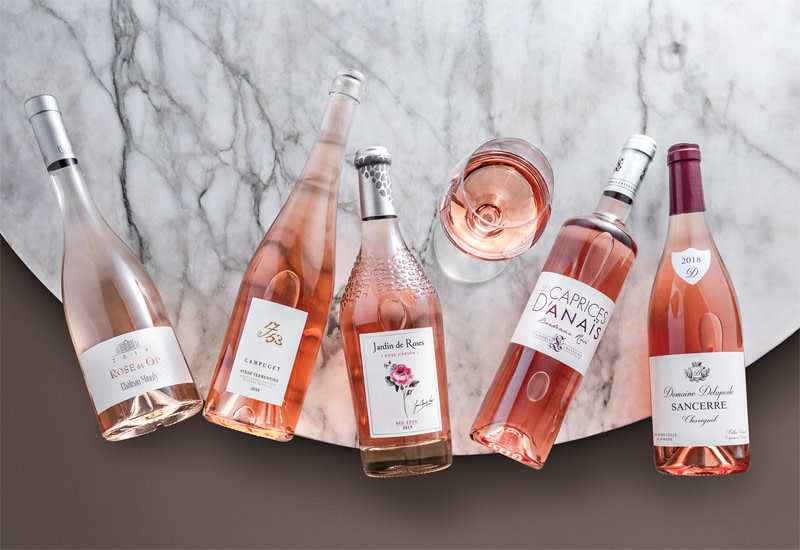
How To Calculate Calories In Bottle Wine?
Calculating the calories in a bottle of wine is relatively simple, and there are several online tools available to help. All you need to know is the size and strength (ABV) of your particular bottle, as well as the type; for example, whether it’s a dry white or sweet dessert wine. Once you have this information, simply enter it into the relevant calculator and you’ll be able to get an estimate of how many calories in bottle wine contains. This information is typically stated on most commercially-available bottles as well, so you can refer to this information when picking out your tipple.
Calories Content In Some Popular Brand Of Bottle Wine
– J. Lohr Seven Oaks Cabernet Sauvignon: 590 calories per bottle
– Frei Brothers Reserve Chardonnay: 540 calories per bottle
– Fathom Cabernet Sauvignon: 604 calories per bottle
– Veuve Clicquot Brut Champagne: 144 calories per bottle
– Dark Horse Cabernet Sauvignon: 595 calories per bottle
– Beringer Main & Vine Chardonnay: 300 calories per bottle
– Taylor Fladgate 10 Year Old Tawny Port: 900 calories per bottle
– Sterling Vintner’s Collection Pinot Grigio: 250 calories per bottle
– Ménage à Trois White Blend: 490 calories per bottle
– Sauvignon Blanc: 330 calories per bottle
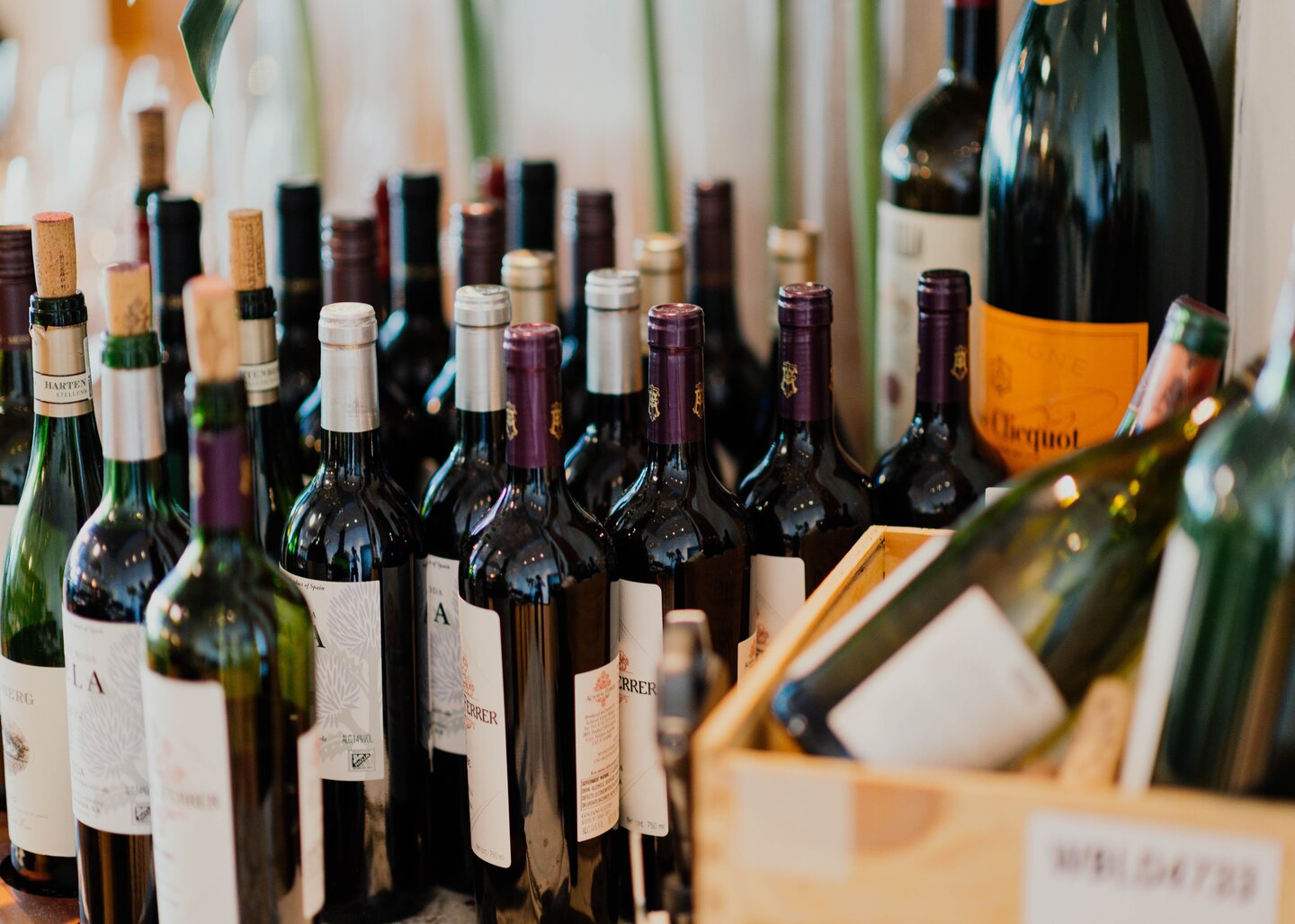
Some Tips For Reducing Calories In A Bottle Of Wine
If you’re looking to reduce the calorie count in your bottle of wine, there are several things you can do. Firstly, opt for a lower ABV option—wines with an ABV of 12% or less will typically contain fewer calories. Additionally, choosing a dry wine over a sweeter variety is also a good way to cut down on your calorie intake. If you’re partial to a glass of fizz, look for wines labeled ‘brut’, as these will contain fewer calories than sweet bubblies such as Prosecco or Asti Spumante. Finally, bear in mind that the size of your serving matters too; opting for smaller glasses (around 5 fluid ounces) rather than the larger standard (8 fluid ounce) can help you keep your calorie count down.
How To Choose Healthier Bottle Of Wine Alternatives?
When it comes to finding healthier alternatives to traditional wine, there are a few options available. Some producers create lower-calorie wines using natural yeasts and fermentation techniques which require less sugar, while others produce alcohol-free versions or reduced-alcohol tipples that contain fewer calories than standard alcoholic beverages. Additionally, some wines are made using organic grapes which contain fewer sulfites, and therefore fewer calories.
Ultimately, the key to choosing healthier wine alternatives is understanding what’s in your glass. By familiarizing yourself with the calorie content of different varieties and understanding how ABV, sweetness levels, and other factors can affect this number, you’ll be able to make more conscious choices when it comes to selecting a tipple. Additionally, reducing your portion size and opting for lower-calorie alternatives when available can also help you maintain a healthy lifestyle without giving up the occasional glass or two of wine.
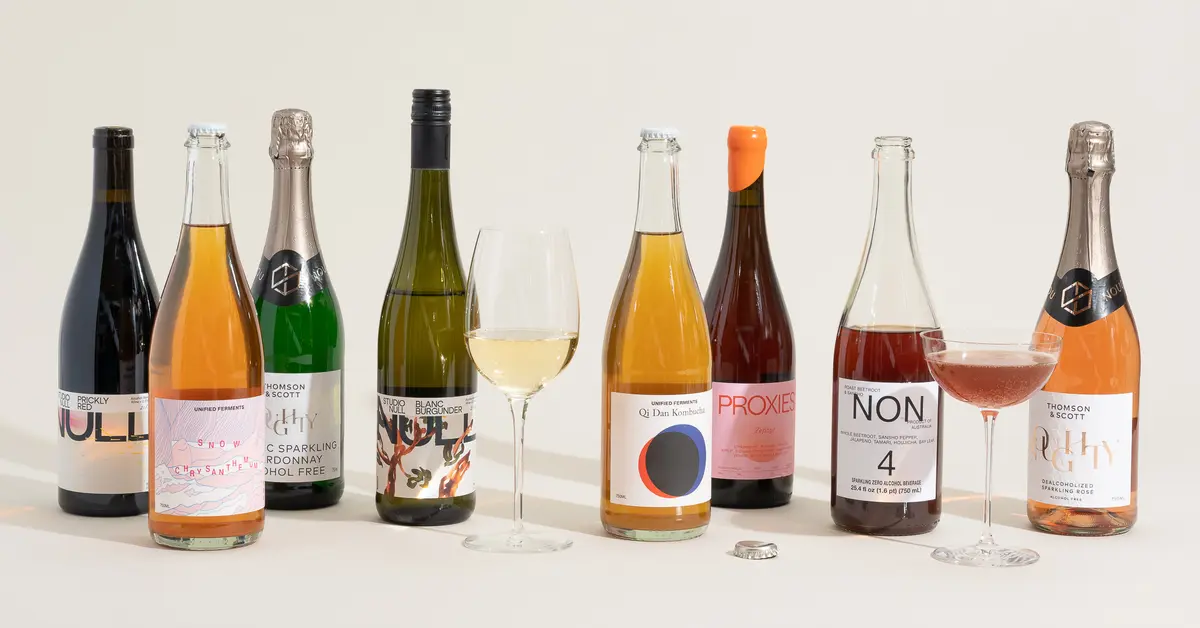
Conclusion: How Many Calories In Bottle Wine
In conclusion, how many calories in bottle wine? The number of calories in a bottle of wine will vary depending on the type and strength. Generally speaking, a standard 750 ml bottle contains around 600-700 calories in total. Understanding how many calories your typical glass or bottle contains can help you make responsible and healthier choices when it comes to selecting your favorite tipples. So, the next time you order a drink, why not look for low-calorie alternatives and make sure you enjoy your beverage responsibly. Thanks for reading at yongkangstreetnyc.com.
FAQs: Calories In Bottle Wine
Is a bottle of wine high in calories?
How many calories are in a 750ml bottle of wine?
Discover the calorie content of a 750ml bottle of wine with ease. Depending on the alcohol content and the sugar levels during the winemaking process, a bottle of red wine typically contains 625 calories. Stay informed about the nutritional value of your wine with these simple facts.
Is bottle of wine more calories than beer?
Wine vs. beer can be a tricky calorie comparison. While beer tends to have more calories overall, much of this comes from leftover carbohydrates. In fact, wine generally has lower sugar content, making the caloric difference between the two manageable.
How many calories in a 1 Litre bottle of white wine?
Discover the calorie count of a 1 Liter bottle of white wine with our research. Our findings indicate that popular white wines typically contain between 546 and 630 calories per bottle, equating to 91-105 calories per 125 ml glass.
How many calories in a 1.5 l bottle of red wine?
Which bottle of wine has more calories content?
Opt for the bottle of white wine over red as the latter typically contains more calories thanks to its higher alcohol content. Keep in mind that residual sugar can also play a role in wine’s calorie content, so be sure to consider this factor as well when making your decision.
Which bottle of wine has less calories content?
With just 123 calories and four carbs per five-ounce serving, Pinot Noir is a great choice for health-conscious wine lovers. Not only that, but its low sugar content makes it an ideal option for those looking to cut back on their sugar intake. Experience the delicious taste of Pinot Noir without the guilt.
Which brand of bottle wine has the least calories?
Look no further. Our carefully curated list of the top 13 low-calorie wines is here to help you choose the perfect bottle to suit your taste buds. From Cupcake LightHearted Pinot Grigio to Rancho La Gloria AgaVida Mango explore our top picks and find your new go-to. Plus, we’ve included Bota Box Breeze, Bev, Spritz Society, and The Wonderful Wine Co. for even more delicious sipping options.
What makes a bottle of wine low in calories?
While sugar certainly contributes to the calorie count in wine, the amount of alcohol is an even stronger factor. By selecting wines with alcohol content at or below 10%, you’ll be pleasantly surprised to find they typically contain only 100-120 calories. If you’re looking for a low-carb, low-alcohol option, you’ll find that combination is your best bet for enjoying a guilt-free glass of wine.
Is bottle of red wine more calories than white wine?
Generally speaking, red wine tends to have more calories than white wine. A helpful tip to keep in mind is to opt for a white wine with a lower alcohol by volume (ABV) percentage of 11% or less for a lower calorie option. Remember, the ABV levels directly impact the calorie count, so make an informed decision on your next bottle of wine in support of a healthy lifestyle.
Does lower alcohol of bottle wine have less calories?
When it comes to wine, calories are primarily derived from alcohol or residual sugar. In the case of dry wine, less alcohol content results in fewer calories. Therefore, opting for lighter alcohol wine can be a smart choice for those seeking lower calorie options.

Chef Yong Kang has over 20 years of experience cooking in the finest restaurants, and is excited to present their vision to you and all our guests. Our caring and committed staff will ensure you have a fantastic experience with us.
We are also available for private events:, business lunches, dinners, and more. We would love to discuss how to be a part of your next event.Our restaurant refuses to compromise on quality, which is why we source our fresh ingredients from local farmers’ markets.


